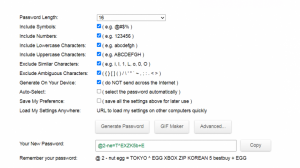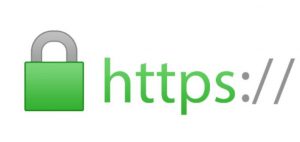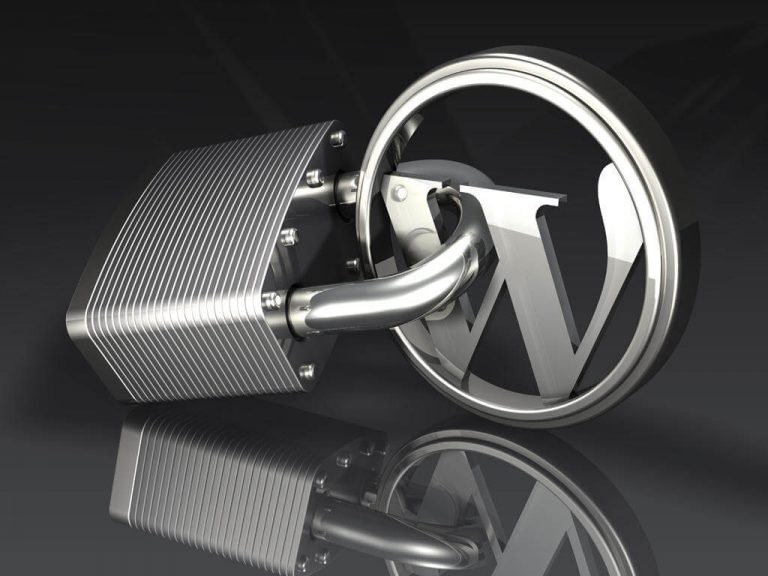How to improve WordPress website security
Why is WordPress security important to us?
If you don’t keep your website secure, you risk being hacked and losing data or customer information. WordPress security is one of the main concerns of site administrators. To keep the WordPress site safe, we will examine a series of solutions below.
According to statistics, cybercrime losses could reach $10.5 trillion annually by 2025.
Best practices for improving website security
1. Keep your WordPress up to date
WordPress releases regular software updates to improve performance and security. These updates also increase the speed and security of your site against cyber threats.
Updating your WordPress version is one of the easiest ways to improve WordPress security. It is interesting to know that over 50% of WordPress sites are currently running on old versions!
To check if you have the latest version of WordPress, go to “Menu -> Updates” from the right menu after entering the WordPress admin panel.
2. Use strong usernames and passwords for admin accounts
One of the most common mistakes users make is using simple and predictable usernames like “admin,” “administrator,” or “test.” Hackers can attack these sites with methods such as brute force.
Therefore, using a unique and complex username and password is recommended.
To choose strong passwords, you can use random password generator sites: Secure Password Generator.

3. Use reliable templates
Do not use nulled templates as much as possible. Nulled WordPress themes are unauthorized versions of original themes. Usually, these themes are sold at a lower price to attract customers.
Since nulled themes are sold illegally, their users do not receive support. If your site has any issues, you need to know how to fix them and secure your WordPress site.
4. Installation of SSL certificate
SSL is a data transfer protocol that encrypts data exchanged between a website and its visitors, making it more difficult for attackers to steal sensitive information.

Websites with an installed SSL certificate use HTTPS instead of HTTP. So they are easy to identify.
5. Remove unused plugins
Keeping unused plugins and themes on your site can be harmful, especially if the plugins and themes are not updated. Outdated plugins and themes increase the risk of cyber-attacks because hackers can use them to access your site.
Follow the path below to delete your plugins:
- From the right menu in the management panel
- Plugins -> Installed Plugins
- Find the plugin you want and click on “Delete.”
6. Install a two-step verification plugin
Enable two-factor authentication (2FA) so that the process of logging into your WordPress site is done with complete security. This authentication method adds a second layer of WordPress security to the login page, requiring you to enter a unique code to complete the login process.
To apply this feature to your WordPress site, use plugins such as Wordfence Login Security. If you’re not sure which two-step plugin to use, choose one that’s frequently updated and reviewed.

7. Changing the login URL to WordPress
To take a step further to protect your website from attacks like brute force, change the URL of the login page. All WordPress sites have a specific login address: yourdomain.com/wp-admin.
You can customize your WordPress login address with plugins like Change wp-admin login.

8. Monitor user activity
Viewing users’ activity in the management panel will identify any unwanted or malicious actions that put your website at risk.
By monitoring the activities, you will know who is responsible for the failure. You will also be informed about the influence of suspicious persons.
The easiest way to track user activity is to use plugins such as:
- WP Activity Log
- Activity Log
- Simple History – user activity log, audit tool
There are many ways to maintain the site, and we mentioned some of them in this post.

